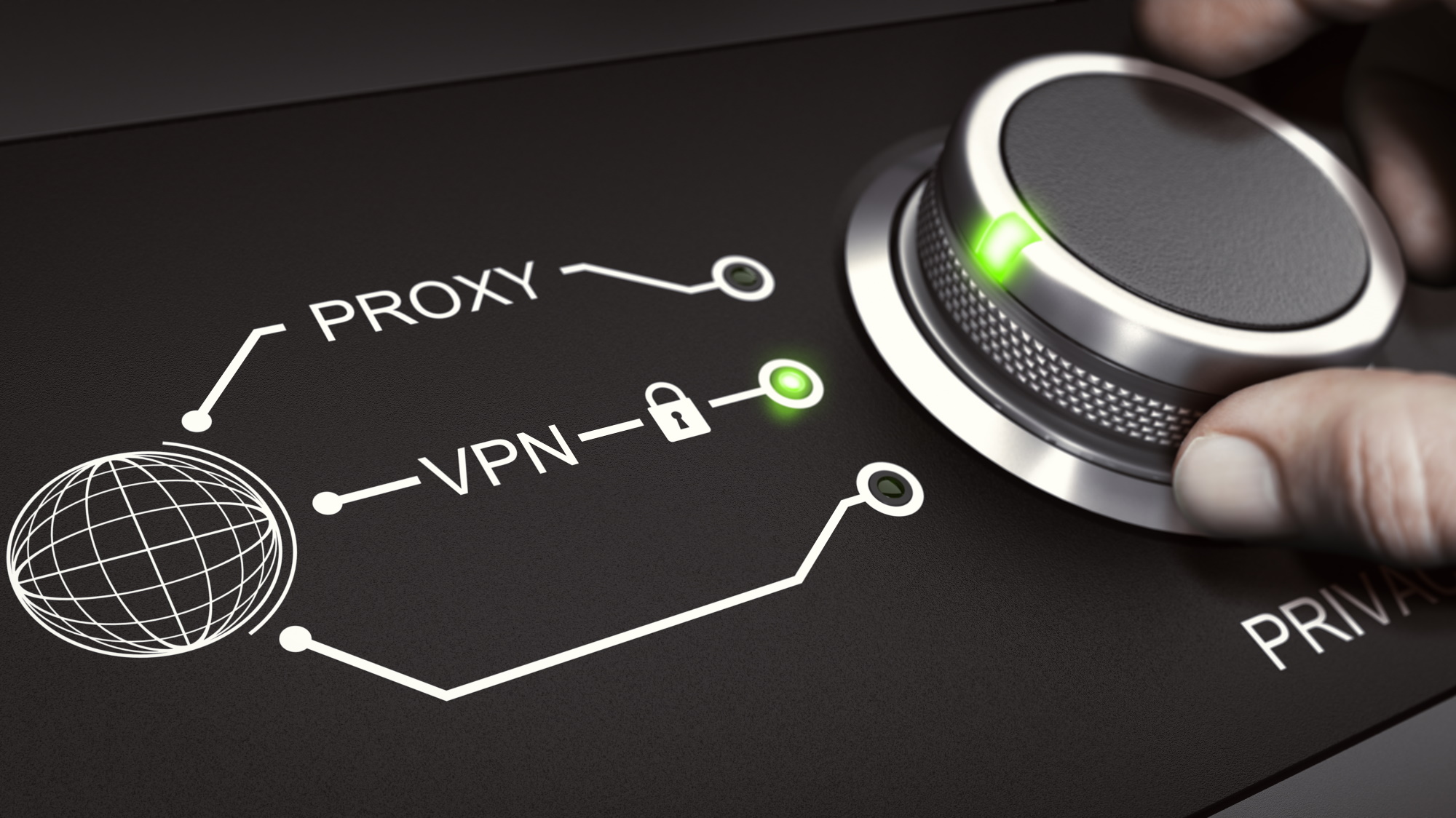

1. Torrent terrors
2. Proxies solve problems
3. Double trouble
4. Getting started
Using a reliable VPN service on its own is generally safe enough for downloading files and unblocks content around the world. Still, if you want to, you can also use a proxy server for an added layer of security and to get access to content in regions your VPN provider doesn’t have a server.
While your web traffic is encrypted by your VPN provider, they always need to know your real IP address. Otherwise, they wouldn’t know how to get the internet packets back to you.
Usually, this doesn’t pose any problems but if your provider’s server is compromised in some way or you want an extra step for law enforcement to jump, then using a proxy can be of some benefit. Although needing this extra layer is unlikely, you can gain some extra peace of mind and unblock content in more regions by using both a proxy server and a VPN at the same time.
Torrent terrors
VPNs are especially important if you’re using P2P sites to download files. When you connect to a P2P network, everyone connected to the network can see your IP address, which makes it easier for bad actors to find your location and target your device. It also means that law enforcement knows that you could be illegally downloading files, where you live, and who you are.
Furthermore, lots of ISPs ban or throttle P2P connections. So, even if you’re using them in good faith, your ISP may try to stop you. Some VPN providers such as ExpressVPN even offer specialist servers designed for P2P/torrent downloading.
In theory using a VPN server should protect you from these issues, as the IP address that other users see will be that of the server, not your home connection. It also means that your ISP will not know you’re using a P2P connection but if law enforcement obtains a warrant for your data from your ISP, your ISP could point them towards the VPN service you use. However, if you connect to a proxy before you connect to a VPN your ISP won’t know which VPN provider you’re using which makes it harder for them to obtain your data.
Proxies solve problems
Proxy servers are not the same as VPNs but can be used for similar purposes. You can read more in our proxy guide, but in the simplest terms, a proxy server sits between one connection and another. When you’re online, your device connects to the proxy server which acts as a gateway when handling connection requests.
This means that while a proxy server works differently to a VPN, it also can conceal your real IP address and change your online location. When you use a proxy, services that you connect to only see the IP address of the proxy server and the region it’s in. This makes it much harder for them to work out your real location and target your device.
One of the most popular protocols used for proxy servers is SOCKS5. This protocol is designed to handle small packets of data, such as the type you download via bittorrent, so it’s ideal for torrenting. SOCKS5 is also considered to be very secure and is even used by the ultra-private Tor Browser.
You can sign up online to a proxy server, but a proxy alone cannot fully ensure your privacy as the connection is not encrypted. This means that although you may hide your location, anyone monitoring your ISP connection can see which websites you visit and any files you download.
This is why some users opt to use a VPN together with a proxy server.
Double trouble
When using a proxy server and VPN together, you may notice that the connection to an app and download speeds aren’t as fast as they were. This is because you’re relaying your web traffic to an additional server. The slower connection speeds are unfortunately the cost of the added security or unlocking that extra region.
You could try to speed up the connection by not using a VPN and encrypting traffic yourself by using SSH. Although this is an option, it’s a lot easier to use a reliable VPN service.
Getting started
If you’ve decided you do want to use a proxy server alongside a VPN, one of the easiest ways is to sign up with a provider who offers both like NordVPN. This way, it can be easier to set up. You can also opt for a proxy from a different provider for additional peace of mind.
The setup is different for each service you use. In general, you’ll need to find the exact address of your provider’s proxy server e.g. rotterdam.nl.socks.nordhold.net and you may need to ask your provider for a username and password to access it.
Then, you can configure torrent clients like qBittorrent, uTorrent or Deluge to use a SOCKS5 proxy, whilst connected to a VPN.
Don’t be afraid to contact the app developer for instructions on how to use a VPN together with a proxy server.
VPNs remain to be one of the best ways to protect your privacy online. If you haven’t got one yet, find out more about what VPNs are, as well as why you should definitely be using one in our online guides. If you need help choosing a good VPN provider, you can check out our roundup of the very best VPN services of 2023.








